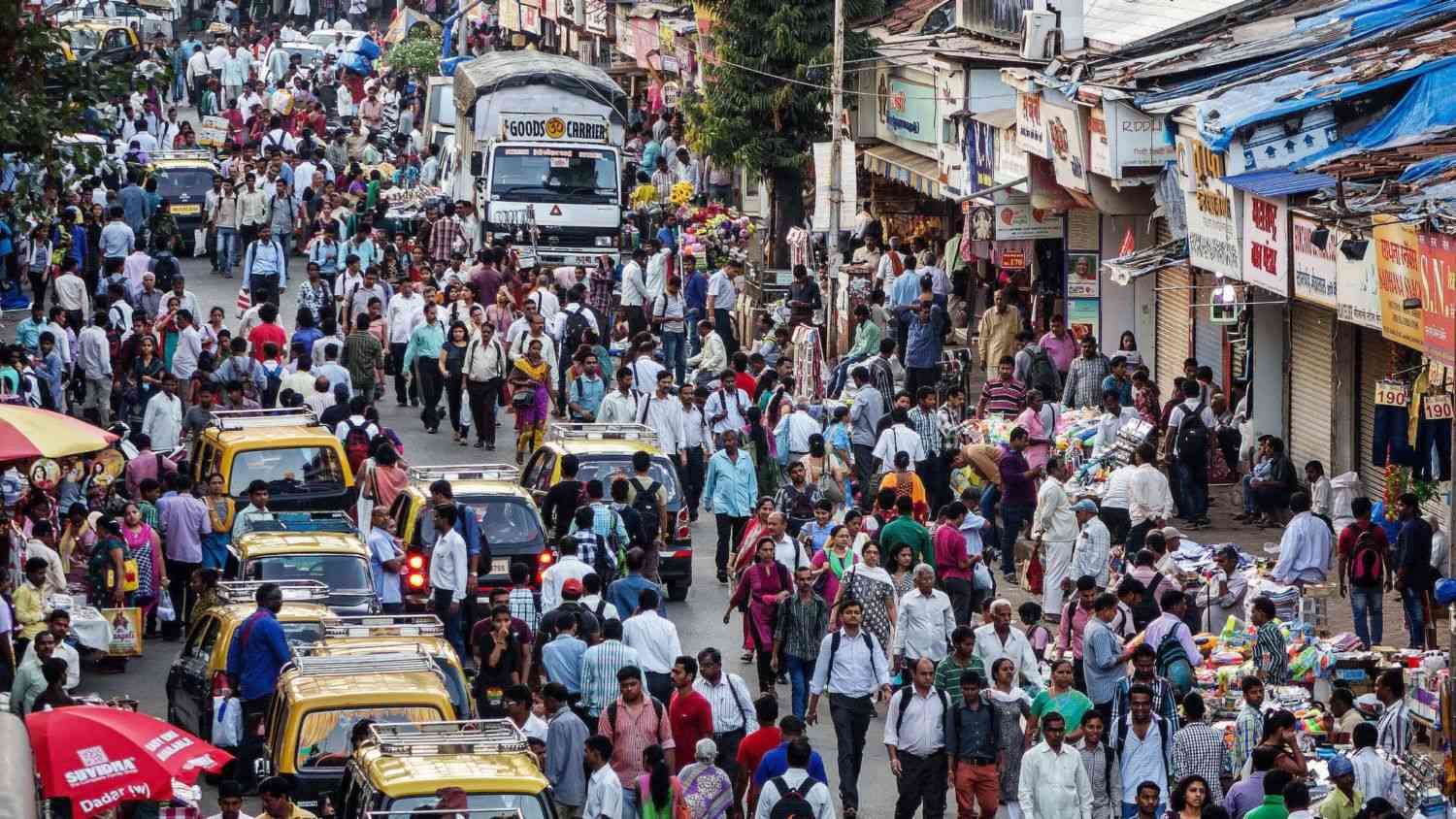According to World life expectancy 2020 data, the population pyramid of India looks like a triangle, but the bottom of the pyramid begins to contract. From this, it can be said that India has a triangular population pyramid, the bottom of which is narrowing. The population pyramid of developing countries began to resemble the bell curve rather than the triangular shape. In developing countries, a decrease in birth rates is noteworthy. The average lifespan has increased.

The country's population pyramid now has a significant proportion after the age of 60. Middle age and elderly population starts to increase proportionally compared to the young population. However, the young population is the majority in India and the average age of the country is 27. With the increase in mechanization in agriculture and industrialization in the city, internal migrations take shape and job opportunities arise. Hospitals, schools and subject opportunities are increased in the cities.
At this point, we can say that the infrastructure of developing countries is also developing. As the infrastructure develops, people's life span extends and losses in the middle-aged or elderly population decrease. At the same time, fertility is controlled by family planning centers or individuals in developing countries and there are various possibilities for this controller. Thus, both fertility is controlled and long-term life is ensured. However, life is prolonged before the new industrializing countryside suffers a rapid decline in birth rates. In other words, both the number of children and the population starts to have a long life.

According to the figures of the IMF, India is the sixth largest economy in the world with its national income of $ 2.6 trillion, and the fastest growing economy among the largest economies in the world since 2014 is the economy of India. India has the world's most populous population after China, with a population of 1.3 billion. In 2024, India is expected to surpass China on a population basis, more importantly; Today, the only economy among the major economies that has no demographic problem is the Indian economy. India has great potential to become a superpower. Because the young, that is, the working population is high, but the dependent population is low.

Nowadays, one of the biggest problems of major economies are demographic problems and in the coming years these problems will increase more seriously. The demographic structure of India differs from all major economies in this regard, even positively from all over the world except Sub-Saharan Africa.

The working population in India is much higher than the dependent population, and the median age of India is only around 27; this figure is 38 in China and 47 in Japan. The fertility rate in India is very reasonable, at 2.33 (ideal rate 2.1). In the not too distant future, the importance of the workforce in the world will increase significantly and India will be positively separated from the world in this regard. There are around 900 million working people in China today, and this number will decline very rapidly in the coming years.
Thanks !!


